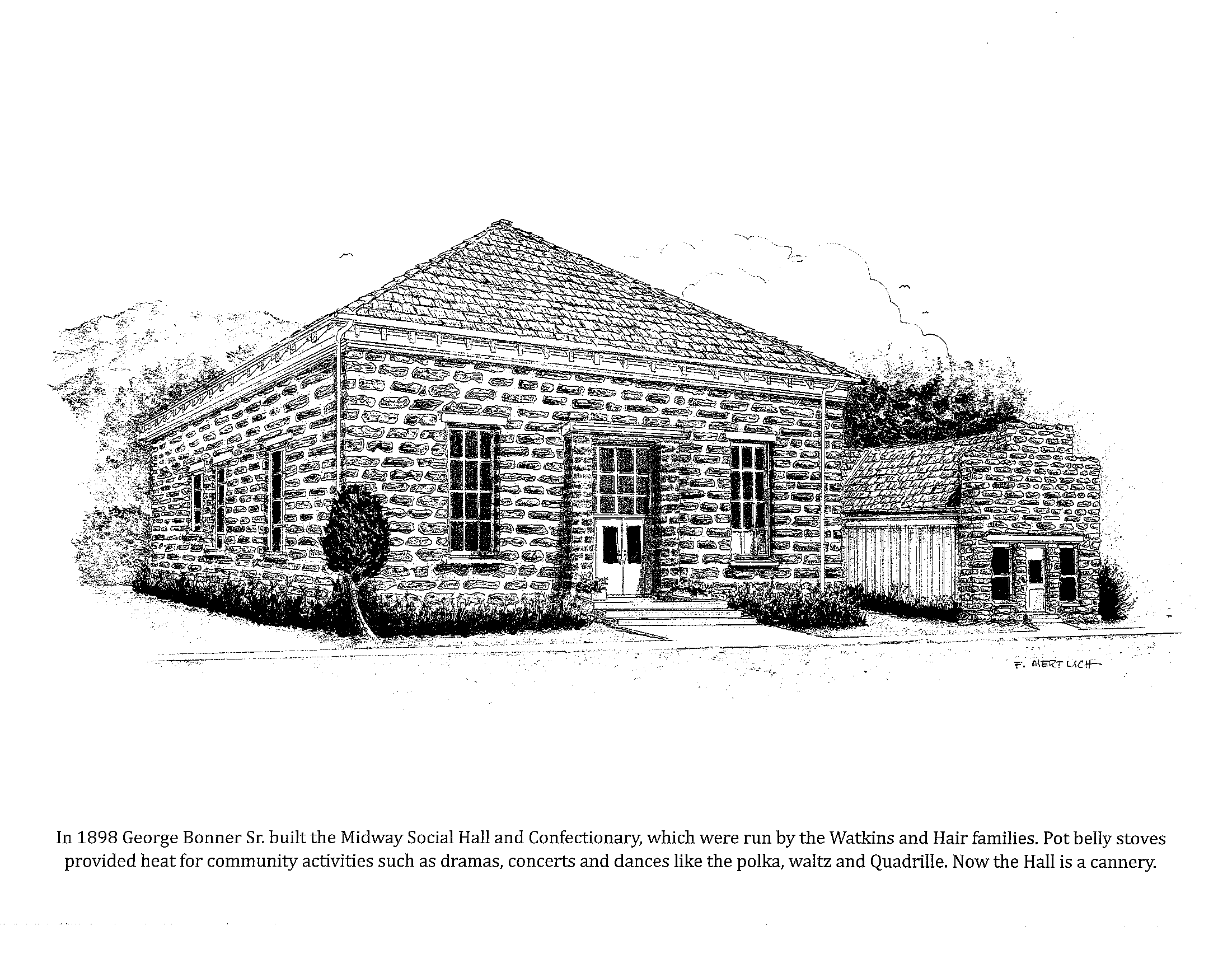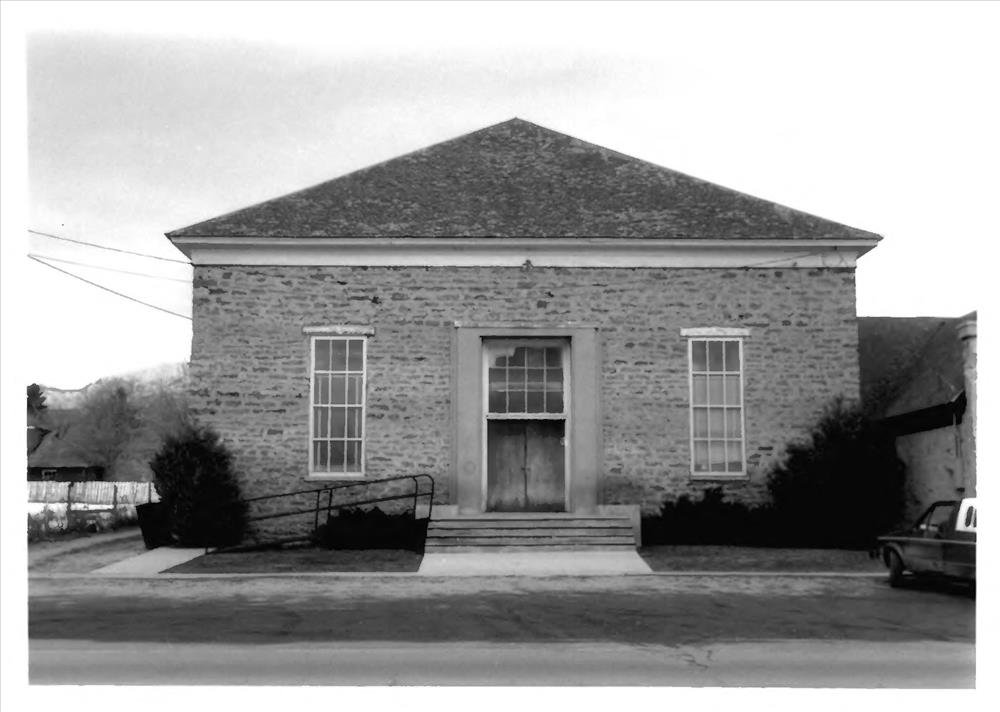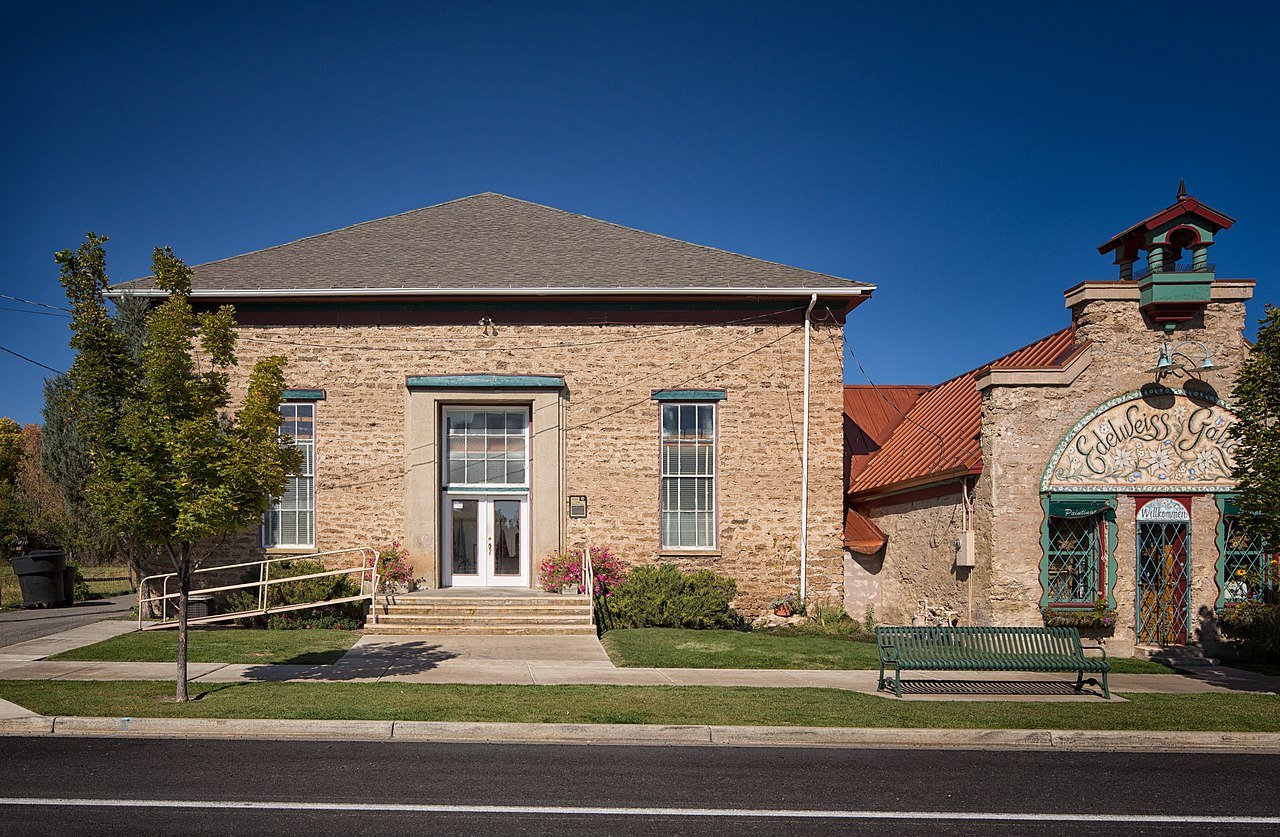Midway Cannery/Social Hall
55 East Main Street
The Midway Social Hall stands as a testament to the vision, determination, and community spirit of Midway’s early residents. Its site, located in the heart of town, was originally part of a 120-acre land grant given in May 1872 to the “inhabitants of the Townsite of Midway.” Just over a year later, on August 5, 1873, a portion of that land—including the future location of the Social Hall—was transferred to one of Midway’s early and prominent citizens, David Van Wagonen.
On January 31, 1881, Van Wagonen sold a segment of his land, including the Social Hall site, to the Bonner brothers—William, Thomas, Robert James, and principal owner George Bonner Jr. At the time, Midway lacked dedicated venues for community events, and the existing Van Wagoner Recreation Hall was often overbooked. Recognizing the growing need for a proper gathering space, George Jr. took the initiative to build a new hall on his property.
The community's desire for a new hall is captured in a journal entry by Moroni Gerber, son of Midway’s first doctor, John Gerber. Recalling a children’s dance that was displaced by a traveling theater troupe in the overcrowded Van Wagoner Hall, Gerber expressed his frustration and resolved to see a new hall built. Although initially a passing remark, the idea took root. Encouraged by local residents and supported by a group of enthusiastic young men, Gerber helped organize a meeting that would ultimately lead to the creation of the Midway Hall Company.
In March 1893, under the leadership of George Bonner Jr., 33 citizens petitioned to form the Midway Hall Company legally. George Jr. was elected president, and on March 23, 1893, he and his wife Phebie, along with William and Eliza Bonner, sold the vacant property to the company for $1,415—the company's primary asset.
Construction of the Midway Social Hall began in 1898 using local labor, with workers compensated through shares in the company. The building material of choice was “pot rock,” a locally quarried, porous limestone formed by the region’s hot springs. Pot rock was widely used in Midway and Heber for its availability and insulating qualities. The stone was harvested by cutting it from the ground’s surface.
George Johnson, a lifelong Midway resident, described the hall’s original layout as having a small entry foyer that opened into a spacious main room with a stage on the north end. As an opera house, the stage featured a roll-up curtain painted by pioneer artist Mark Kirby. The hall officially opened with a Christmas Eve dance in 1898 and quickly became the heart of Midway’s social and cultural life.
For nearly 50 years, the hall hosted a wide array of community events—from Friday night theater performances and Saturday dances with live bands, to box suppers, operas, concerts, and patriotic celebrations. It served as the venue for weddings, church activities, and major holidays, including the Fourth and Twenty-Fourth of July, where banquets and evening dances brought the community together. During World War I, a farewell dinner for departing soldiers was held in the hall before they marched to the Heber City train depot.
On August 2, 1910, the Midway Hall Company was dissolved, and George Bonner Jr. reacquired full ownership of the building and lot for $3,190. Following his death in 1913, the Church of Jesus Christ of Latter-day Saints negotiated the purchase of the property. After settling Bonner’s estate, the Midway 1st and 2nd Wards officially acquired the title on February 11, 1916, for $3,200.14. The church continued to use the hall as a community space until 1940, when the new Town Hall was completed.
In the decades that followed, the Midway Social Hall took on new roles, serving as a cannery, a bishop’s storehouse, and a welfare storage center. It has been known by several names over the years—the Midway Opera House, the Amusement Hall, and most enduringly, the Midway Social Hall.
On December 2, 1994, ownership of the hall transferred to the Midway Boosters Club. In 2014, the Boosters installed a metal roof and new windows and are currently working on a complete interior restoration, ensuring that this historic building continues to serve the Midway community for generations to come.
This building is listed on the National Register of Historic Places





